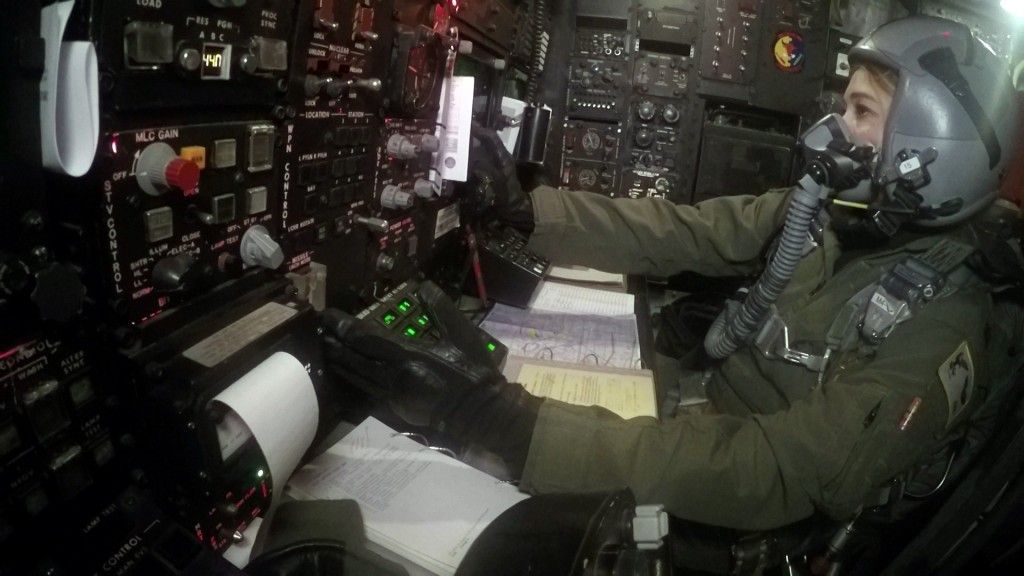Objective:
In this lesson, you will evaluate how and to what extent American defense officials' professional backgrounds have shaped their positions on nuclear rearmament, then create statements on this issue based on your personal experiences and those of a public figure. This exercise aims to demonstrate how key players in political debates draw on their career backgrounds to articulate a position on an issue.
Step 1:
Answer these warm-up questions individually. Be prepared to discuss your answers with the class.
1. Make a list of the five groups/institutions that matter most to you: Your family, your school, your place of worship, a club or sports team, etc.
2. For each group, identify one of its activities or positions that you dislike, and a course of action you could take to try and change it.
3. If you were employed by one of these groups, would you still be willing to take that course of action? How might your position on this issue change? How might someone defend the activity and/or position you selected in the previous question?
Step 2:
Watch the PBS NewsHour segment "As Pentagon Overhauls Nuclear Triad, Critics Advise Caution." As you watch, jot down answers to the comprehension questions.
Step 3:
Prepare answers to the following Extension Questions individually, then discuss them as a class.
1. Adm. Cecil Heney and Gen. James Cartwright (Ret.) have both held leadership roles in America's nuclear arsenal. While Admiral Heney supports maintaining all three legs of the triad, Gen. Cartwright opposes it. Why do you think this might be the case?
2. The video also presents two former Defense Department officials, James Miller and William Perry, who have differing stances on "rearming." Briefly research each of their careers on the internet. How might their careers have helped form these different opinions?
3. What do you think are military and Defense Department officials' top priorities in considering this issue? What could be the consequences of mistakes that they make?
Step 4:
Extension Activity
Imagine that the Department of Energy has selected your town for a facility to refurbish ICBM components.
1. Write a brief essay summarizing YOUR personal opinion on whether or not this facility should be built. Be sure to draw on information presented in the video.
2. Based on your response, your teacher will assign you one of the following roles: leader of a disarmament group, US Strategic Commander, US Secretary of Defense, politician running for national office who is planning a campaign stop in your town. Think about your responses to the extension questions and the information presented in the video. Then, write a letter from the perspective of the role you have been assigned by your teacher outlining why a facility that refurbishes ICBM components should or shouldn't be built in your town.
Summary of Lesson:
The following lesson plan asks students to compare different points of view presented in Dan Sagalyn and Jamie McIntyre's PBS Newshour segment on America's nuclear arsenal. This 9-minute video features interviews with politicians, activists, and current and former defense officials about nuclear "rearming." By identifying and researching these individuals' backgrounds, students will learn how professional experiences can influence individuals' opinions on political issues. The extension activity illustrates this process. Students first write a short essay expressing their personal opinions on nuclear rearmament. Based on their responses, assign them a second short essay written from the viewpoint of a public official—military leader, peace activist, etc.—whose career responsibilities demand that they take the opposite position.
CCSS.ELA-LITERACY.RH.9-10.5
Analyze how a text uses structure to emphasize key points or advance an explanation or analysis.
CCSS.ELA-LITERACY.RH.9-10.9
Compare and contrast treatments of the same topic in several primary and secondary sources.
CCSS.ELA-LITERACY.WHST.9-10.9
Draw evidence from informational texts to support analysis, reflection, and research.
